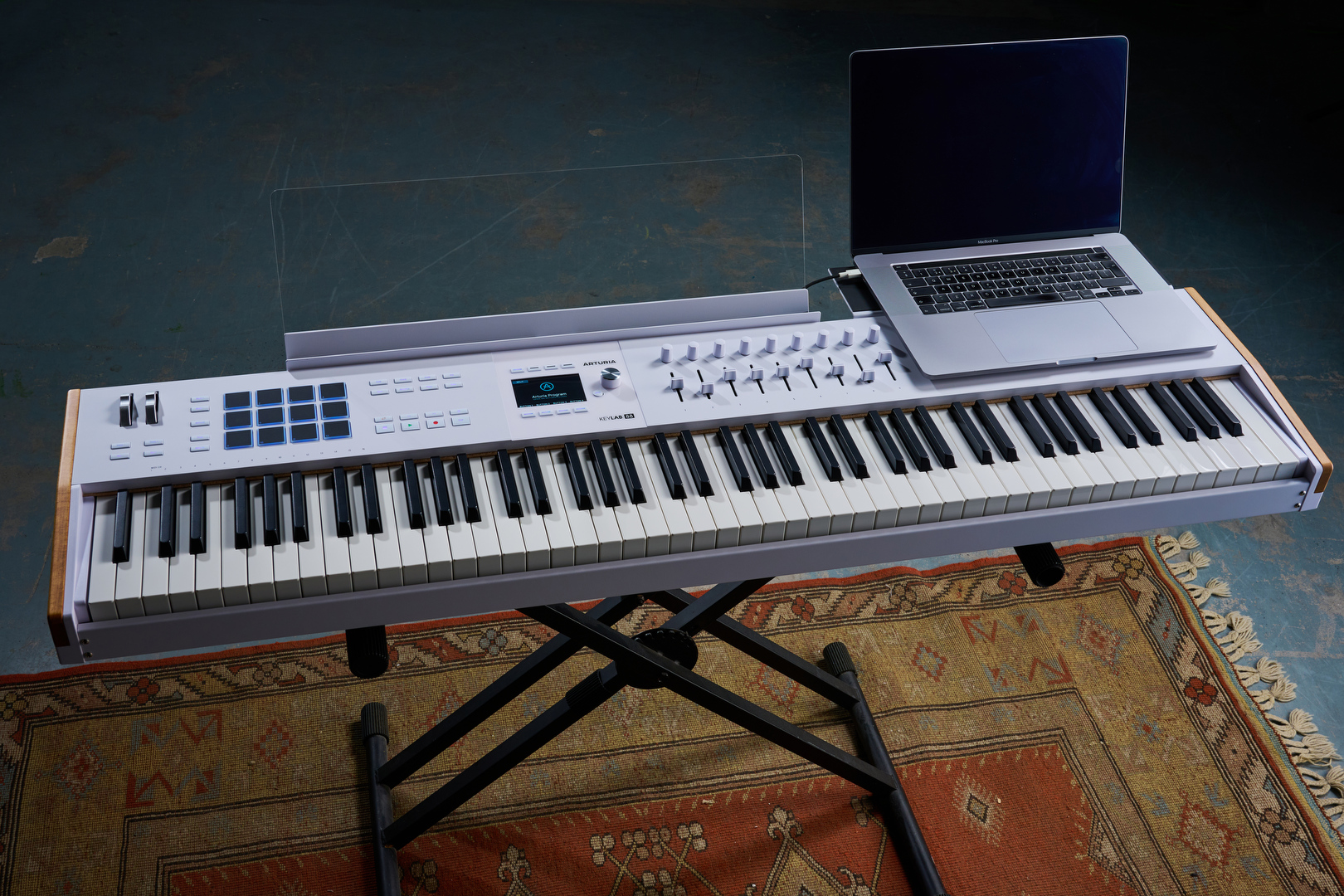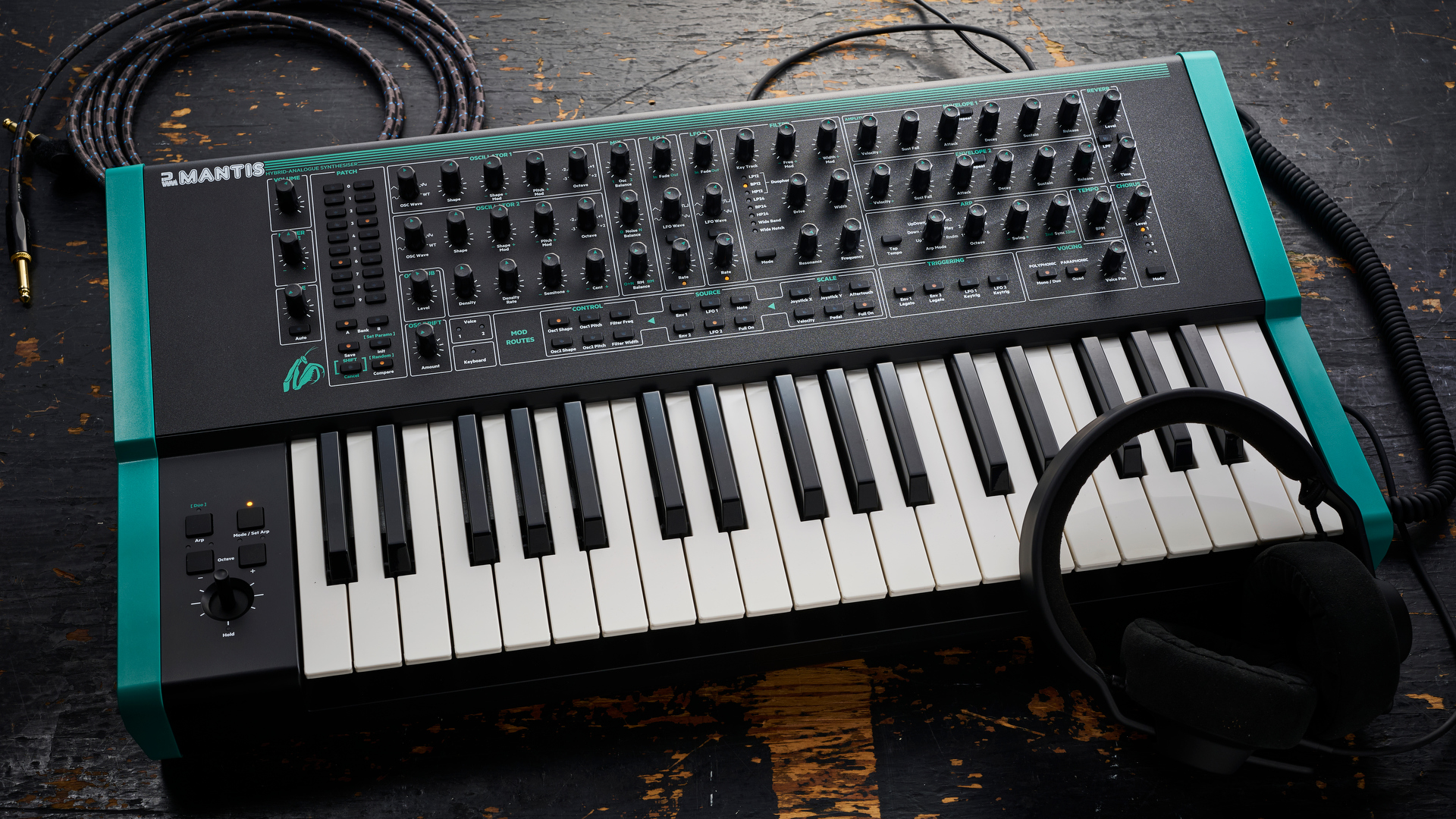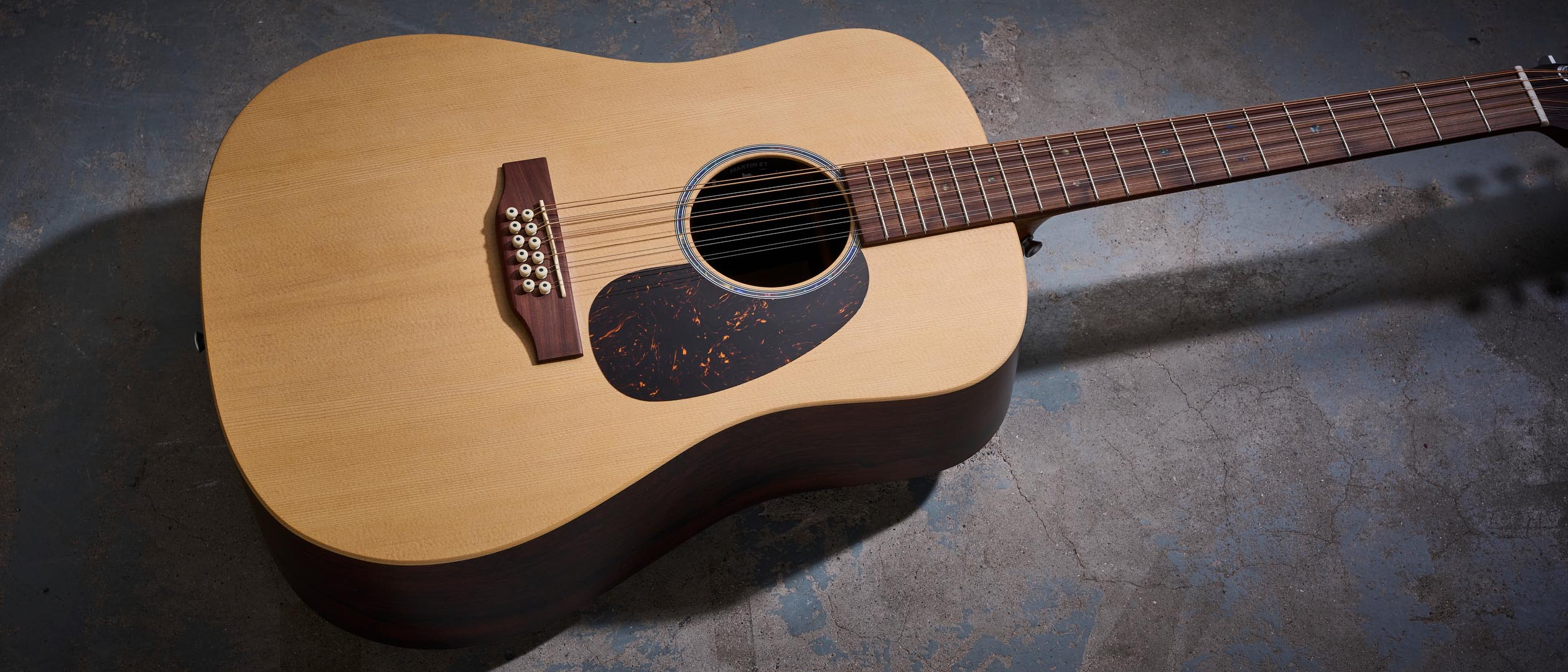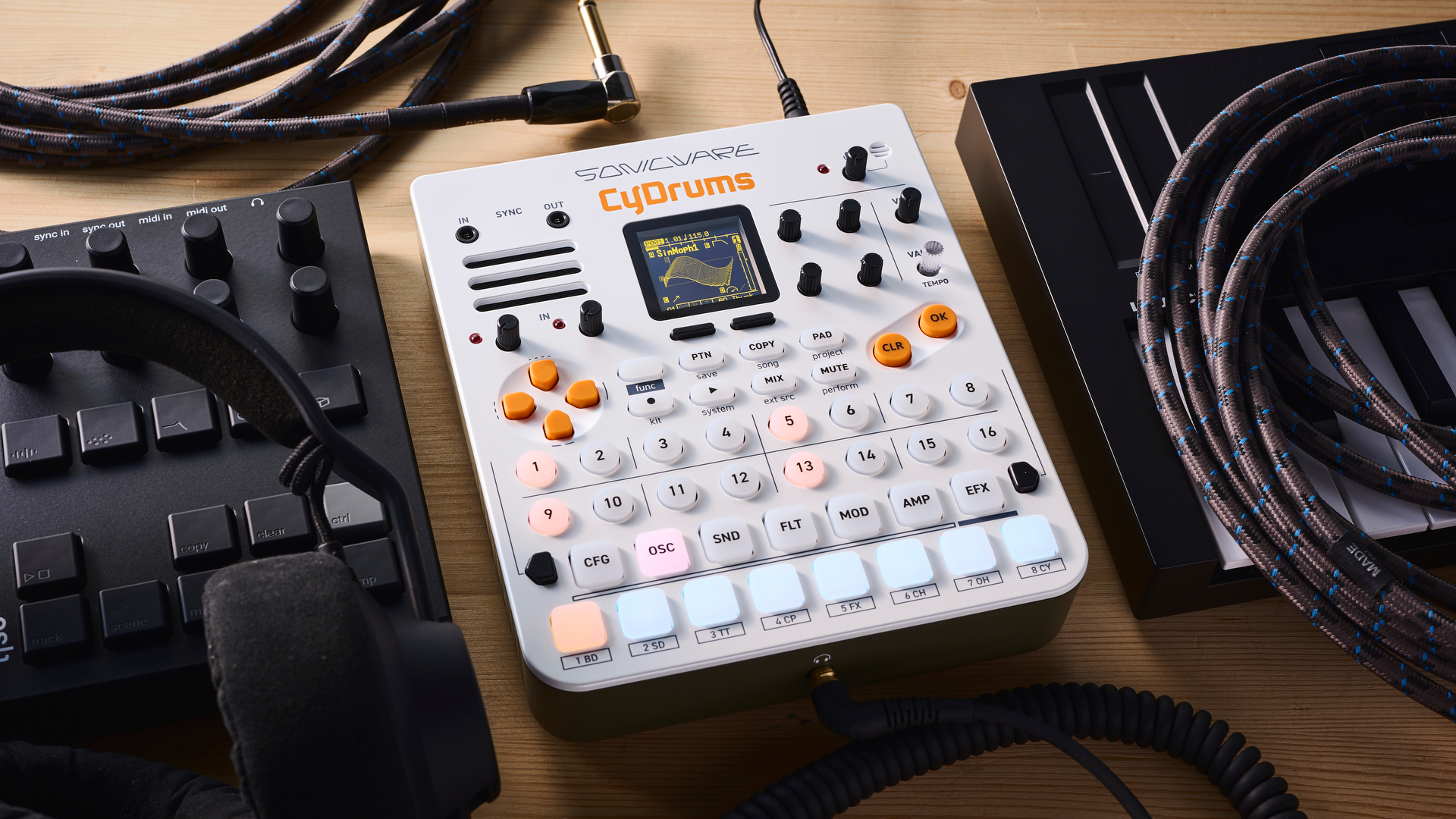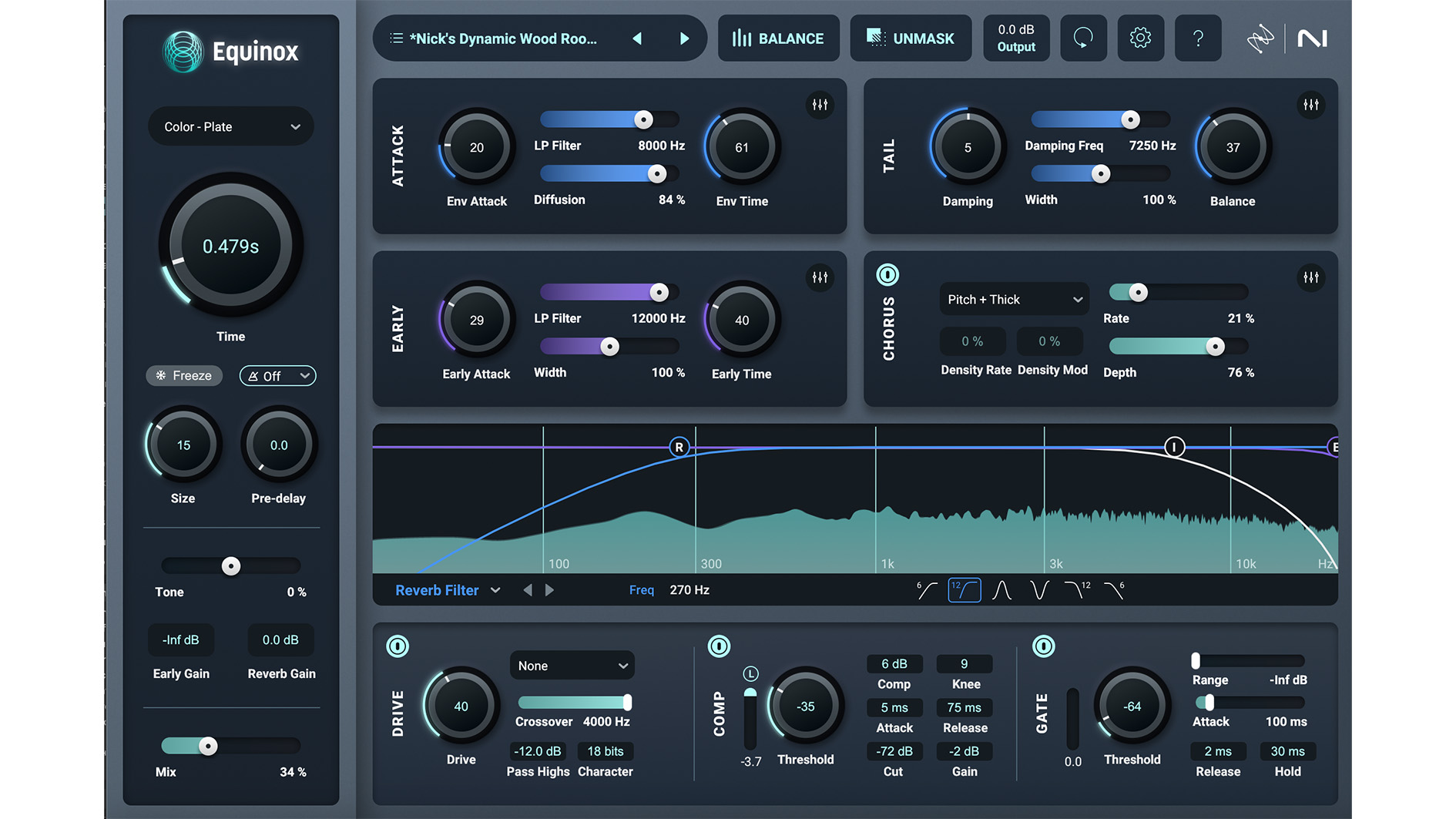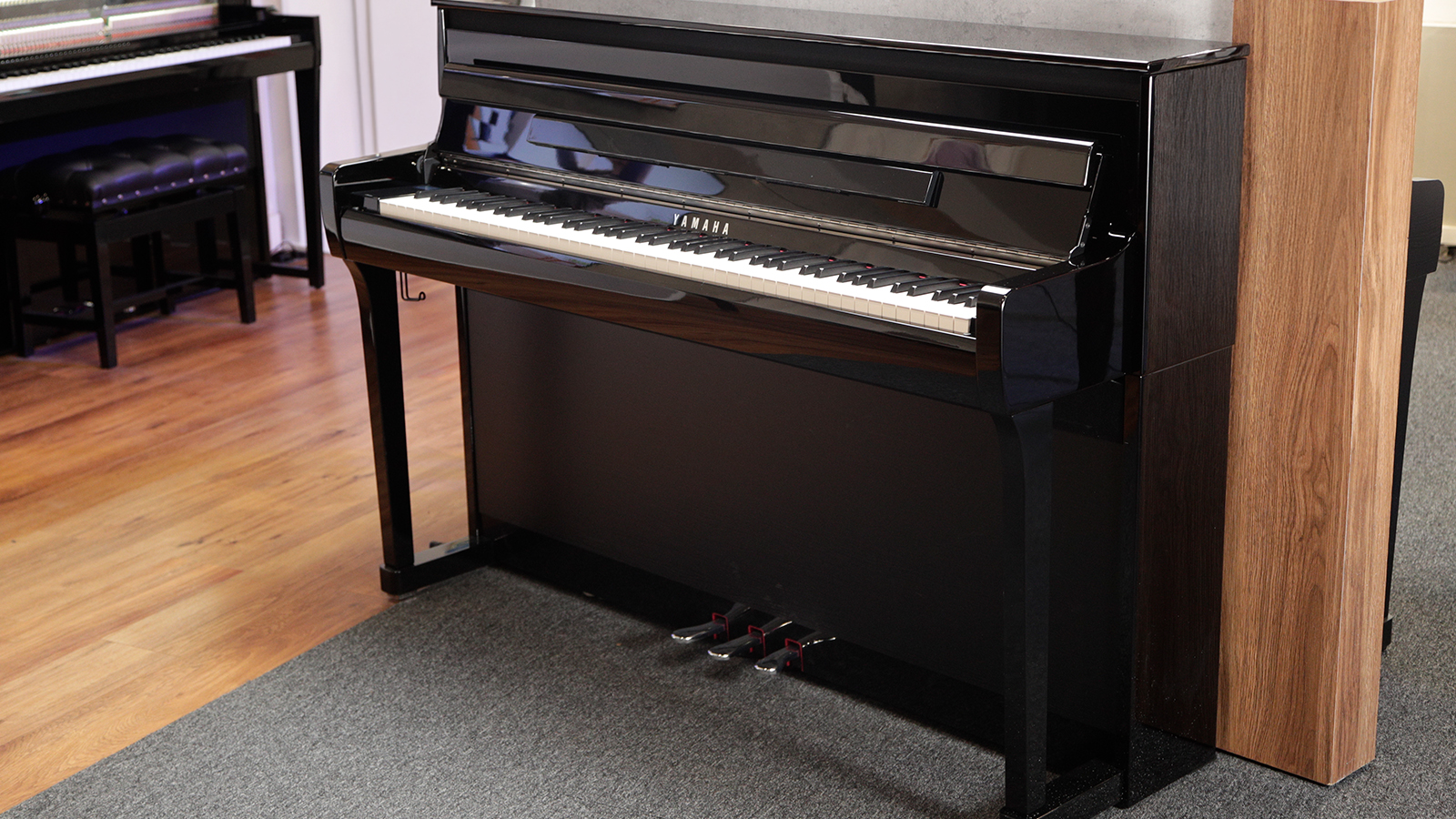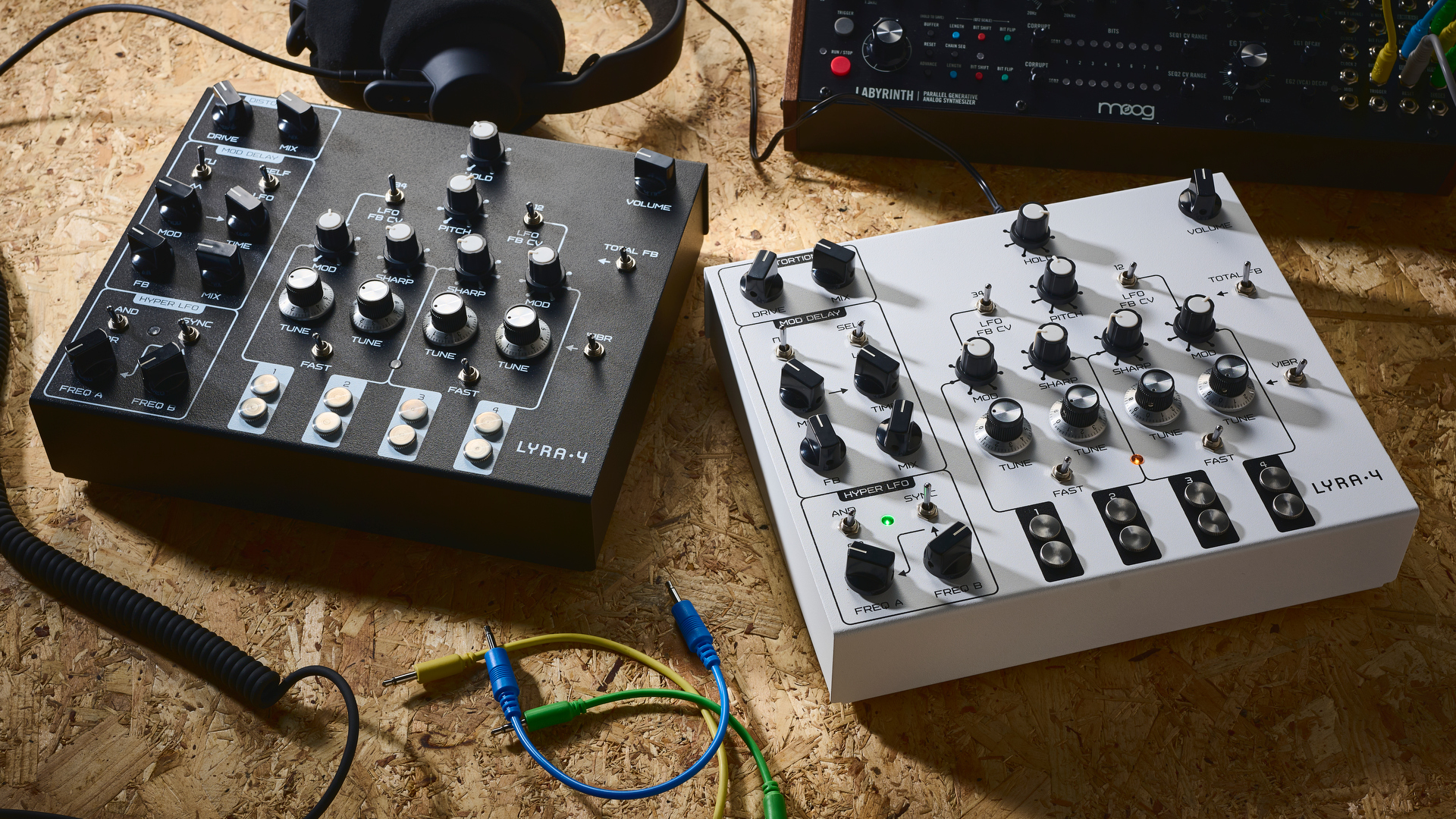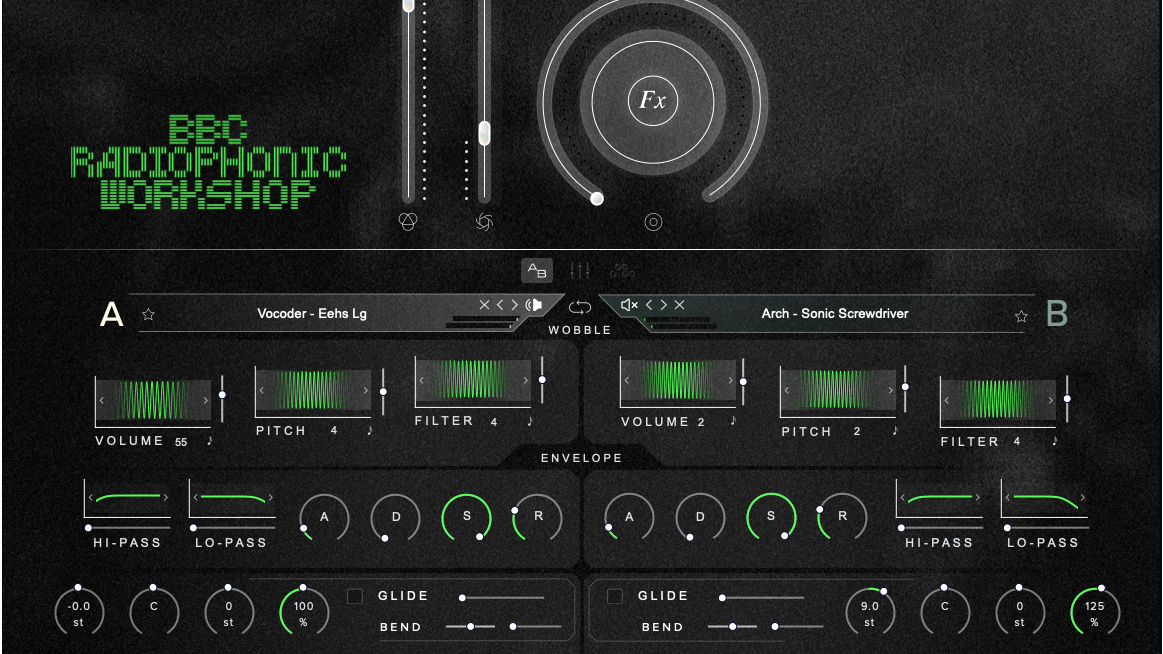MusicRadar Verdict
One of the most convincing Neve EQ emulations we've ever heard, with some genuinely useful and effective additions.
Pros
- +
Great sound. Loads of filter types. Distortion and compression. TransMod and performance. MIDI input. Brilliant visual feedback.
Cons
- -
Line level saturation too subtle. Neve's inverted knobs can be confusing.
MusicRadar's got your back
Waves' latest endorsed effect, Scheps 73 (AU/VST/RTAS/AAX), carries the moniker of mix engineer Andrew Scheps, but it's actually a straight-up channel strip based on the Neve 1073 preamp and EQ, with some additional custom features designed in collaboration with Scheps himself.
The design matches the original three-band EQ, so that's high and low shelves with a peaking mid band, each offering up to +/-15dB gain. The high band is fixed at 12kHz, the low band has four settings (35, 60, 110 and 220Hz), and the mid-range has seven settings (0.36, 0.7, 1.6, 3.2, 4.8, 7.2 and 10kHz). The 10kHz mid-range setting is one of Scheps' customisations, cribbed from the Neve 1078 design. Rounding things off is an 18dB/octave high-pass filter, which can be set at 50, 80, 160 or 300Hz.
Another customisation is the preamp section, which has been modeled to include two types of harmonic distortion. The plugin comes in both mono and stereo versions, the latter offering switchable stereo, M/S and dual mono modes.
For twin-channel setups, the Monitor knob switches the output signal between stereo, mono, left and right (or mid/sides if selected), and the twin faders feature a handy input/output inverse gain linking option for maintaining a constant level by having one automatically raise as the other is lowered.
Rounding things off is meter calibration and the ability to collapse the interface to show just the EQ.
New wave
"The Drive is very edgy, standing proud in a world of soulless plugin distortion algorithms"
Aside from the famous "upside-down" Neve knobs, Scheps 73 is supremely easy to use, and sonically, it's the classic EQ to end all classic EQs. It's open, incredibly characterful and surprisingly powerful when pushed.
On the peak band, the Q width narrows considerably at higher gains, which is great for adding crack to snares with that added 10kHz setting. Meanwhile, both shelves are gentle and sweet-sounding, with the 12kHz high shelf starting its lift low down in the mid range.
The Preamp option is quite subtle, and it really comes into its own when used with several instances across multiple tracks (drums again). In contrast, the Drive is very edgy, standing proud in a world of soulless plugin distortion algorithms. And with both of these, the input gain doesn't change the level, just the processing amount - a great approach.
Overall, then, Scheps 73 is a fantastic EQ with its own flavour - arguably the best Neve-style plugin out there.
Computer Music magazine is the world’s best selling publication dedicated solely to making great music with your Mac or PC computer. Each issue it brings its lucky readers the best in cutting-edge tutorials, need-to-know, expert software reviews and even all the tools you actually need to make great music today, courtesy of our legendary CM Plugin Suite.
“Built from the same sacred stash of NOS silicon transistors and germanium diodes, giving it the soul – and snarl – of the original”: An octave-fuzz cult classic returns as Jam Pedals resurrects the Octaurus
What’s the buzz? Meet Yellowjacket, Cherry Audio's recreation of EDP’s trend-setting Wasp from 1978
“A fabulous trip through all eight songs by 24 wonderful artists and remixers... way beyond anything I could have hoped for”: Robert Smith announces new Cure remix album


